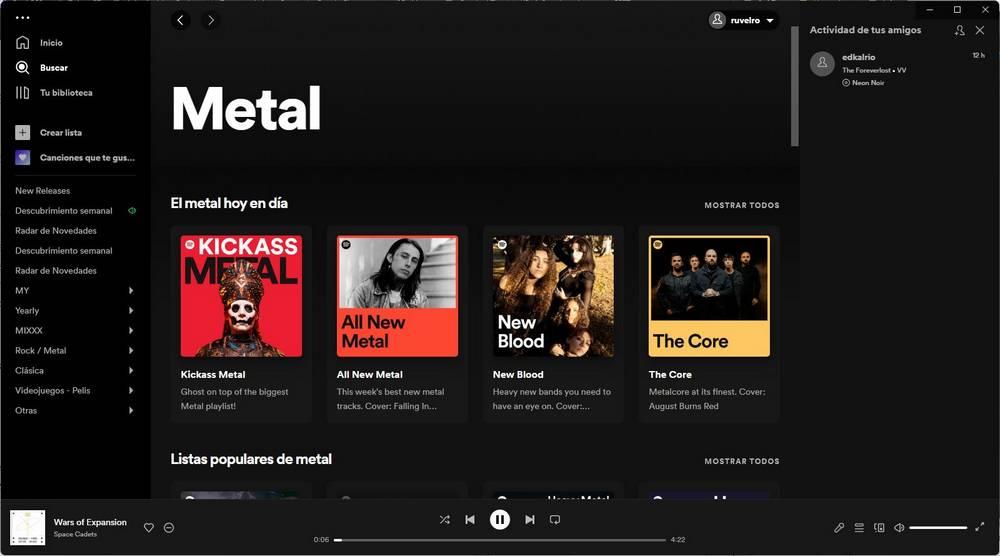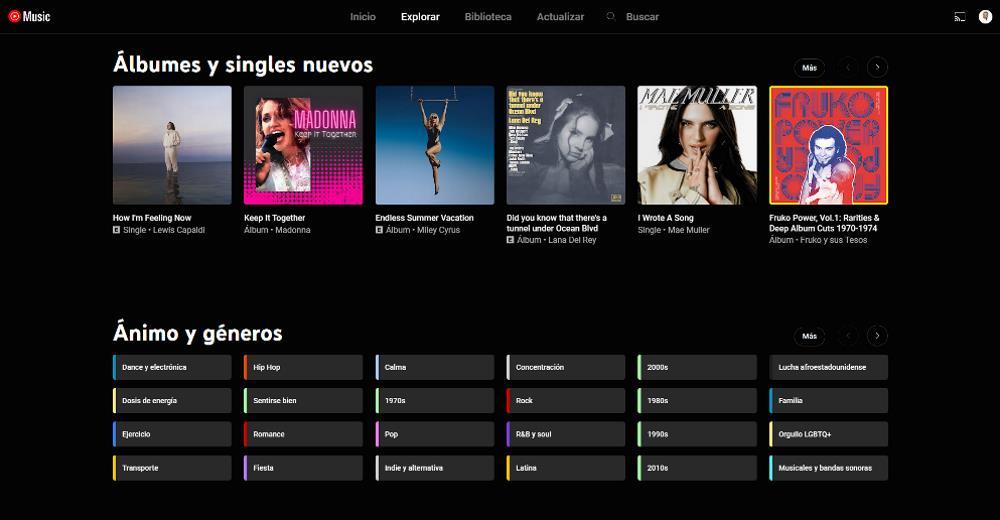Years ago, the only streaming music platform was Spotify. As the years have gone by, the number of alternatives has expanded considerably and, currently, the Swedish firm has a large number of alternatives such as Apple Music, YouTube Music, Amazon Music, Tidal, SoundCloud to name a few. The same is true of Netflix, the first streaming video platform to which HBO, Disney+, Hulu, Apple TV+ and others have subsequently joined.
Returning to streaming music, if we are clear that the only options that interest us are Spotify and YouTube Music, it is necessary to know everything they offer us to be able to assess whether we opt for the Swedish solution or that of the search giant.
Aspects that we must take into account
Next, we show you the 7 points that we must consider when choosing one or another streaming music platform:

-
Device Compatibility. Spotify was launched on the market in 2008, that is, 15 years ago. In the 15 years it’s been around, Spotify has gone to great lengths to make its app available on every device with a screen or that includes a speaker, allowing us to access all the content available from virtually any device with a screen and/or speaker.
-
Catalog available. Except for very specific cases, both on Spotify and YouTube Music, as well as on the rest of the streaming music platforms, we can access the same catalogue, so unless we have very special tastes, this section is not we must take it into account as a differentiator.
-
Pricing plans. If we talk about prices, we can see how the Individual plan and the Student plan have the same price, 9.99 euros and 4.99 euros respectively. However, the family plan is one euro cheaper on YouTube Music, 14.99 euros compared to 15.99 for Spotify. However, the Swedish firm offers a plan for two people for 12.99 euros.

-
Sound quality. While Apple Music, Amazon Music and Tidal offer support for Hi-Fi, neither Spotify nor YouTube Music currently offer higher sound quality, so it is another section that allows one platform to differentiate itself from the other. If we are looking for quality in High Fidelity, neither of these two options is what we are looking for.
-
Playlists. Experience to a degree in the field of streaming music and that is very noticeable in the playlists that each platform has available. In addition, Spotify is in charge of creating a different playlist each week based on the content we have listened to, which will allow us to discover new talent.
-
Additional functions. As the years have gone by, Spotify has expanded the number of services available on its platform and, today, in addition to music, we can also find a wide variety of podcasts and audiobooks, options that are currently not available on YouTube Music and that they are not expected.
-
Application. Both Spotify and YouTube work through any desktop browser, however, Spotify has its own application for Windows, an application from which we want YouTube Music, so the only option to access its content is from a browser.














